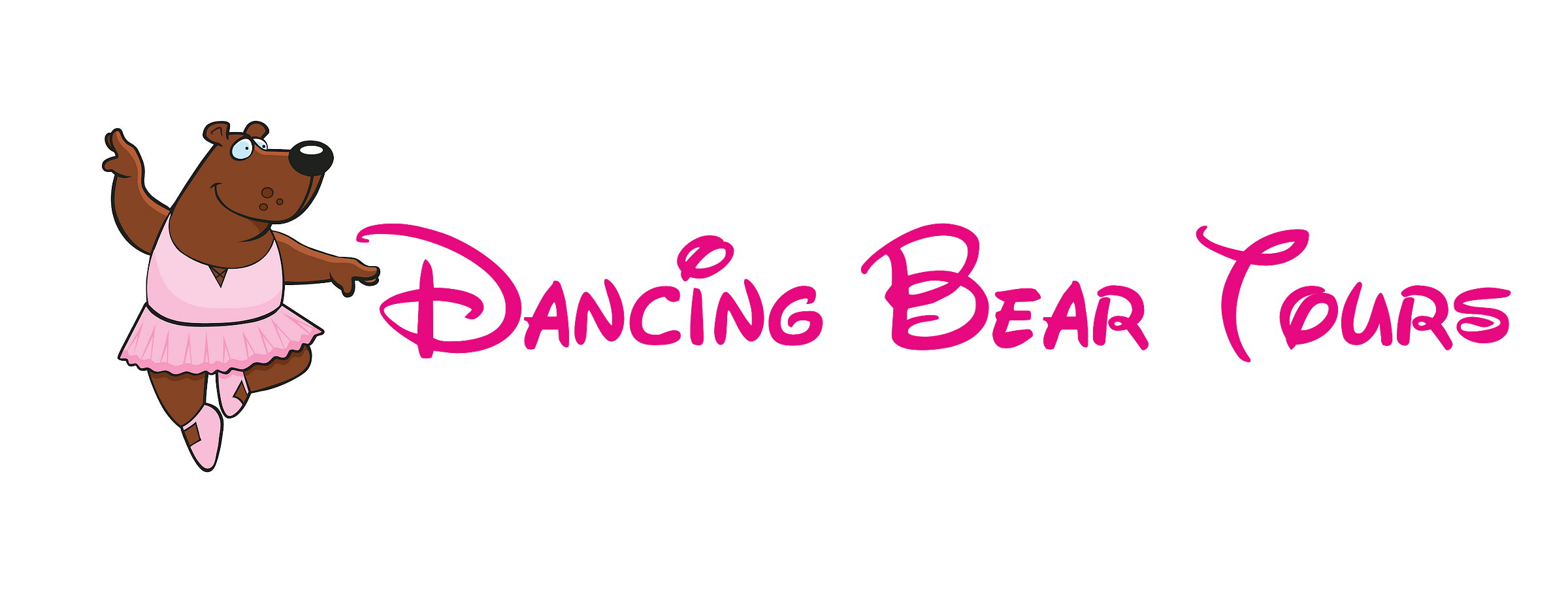In today's digital age, the term "dancing bear xvideos" has sparked significant debate and raised ethical concerns across the globe. While the phrase might seem intriguing, it delves into the intersection of wildlife exploitation and online content consumption. This article aims to provide a comprehensive understanding of the topic, addressing its implications, and encouraging responsible behavior in the digital space.
The phrase "dancing bear xvideos" often emerges as a result of internet searches, but its meaning is far from innocent. It represents a broader issue involving the exploitation of animals for entertainment purposes. As we delve deeper into the subject, we will explore how such content affects wildlife, the legal and ethical concerns surrounding it, and what we can do to promote animal welfare.
By examining the origins of this trend, its impact on bears and other wildlife, and the role of online platforms in perpetuating such content, this article aims to educate and empower readers. Together, we can foster a more compassionate and informed approach to wildlife conservation and digital ethics.
Read also:Filmfly 4 Your Ultimate Streaming Companion
Table of Contents
- Introduction to Dancing Bear Xvideos
- History of Dancing Bears
- Ethical Concerns Surrounding Dancing Bears
- Legal Implications of Dancing Bear Content
- Impact on Bear Populations
- Role of Online Platforms
- Alternatives to Dancing Bear Content
- Bear Conservation Efforts
- Raising Awareness and Education
- Conclusion
Introduction to Dancing Bear Xvideos
The phrase "dancing bear xvideos" has gained attention due to its association with wildlife exploitation and unethical practices. It refers to content involving bears being forced to perform in unnatural and often cruel conditions. This section explores the origins of this trend and its implications for both wildlife and society.
Why Dancing Bears Are Controversial
Dancing bears are typically trained through harsh methods, causing significant physical and psychological harm. The controversy surrounding this practice stems from the ethical dilemmas it raises about animal welfare and the role of humans in exploiting wildlife for entertainment.
Key reasons why dancing bears are controversial include:
- Use of cruel training methods
- Violation of animal rights
- Promotion of unethical behavior
History of Dancing Bears
The tradition of dancing bears dates back centuries, originating in various cultures where bears were used for entertainment. Historically, these performances were a form of street entertainment, but they have since evolved into a digital phenomenon.
Evolution of Dancing Bear Performances
From ancient circuses to modern online platforms, the evolution of dancing bear performances reflects a shift in societal attitudes toward animal welfare. While some cultures have banned such practices, others continue to perpetuate them, often under the guise of tradition.
Ethical Concerns Surrounding Dancing Bears
The ethical implications of dancing bear content are profound. Animals used in such performances often suffer from neglect, abuse, and confinement. This section examines the ethical concerns associated with exploiting bears for entertainment.
Read also:Unveiling The Librarian From Monster Inc An Indepth Look
Key ethical concerns include:
- Violation of animal rights
- Psychological distress caused to bears
- Impact on biodiversity and ecosystems
Legal Implications of Dancing Bear Content
Many countries have enacted laws to protect wildlife from exploitation. However, the enforcement of these laws varies, and online platforms often serve as loopholes for unethical content. This section discusses the legal frameworks in place to address the issue of dancing bear content.
International Laws Protecting Wildlife
International agreements such as CITES (Convention on International Trade in Endangered Species) play a crucial role in regulating wildlife trade and exploitation. These laws aim to ensure the protection of endangered species, including bears, from unethical practices.
Impact on Bear Populations
The exploitation of bears for entertainment has a significant impact on their populations. Bears subjected to such practices often suffer from health issues, reduced lifespans, and difficulty reintegrating into the wild. This section highlights the broader ecological implications of dancing bear content.
Conservation Challenges
Conservationists face numerous challenges in addressing the impact of dancing bear content on bear populations. Efforts to rehabilitate and protect bears require collaboration between governments, NGOs, and local communities.
Role of Online Platforms
Online platforms have a critical role to play in regulating content involving wildlife exploitation. While platforms like Xvideos have policies against unethical content, enforcement remains inconsistent. This section explores the responsibilities of online platforms in addressing the issue of dancing bear content.
Platform Policies and Enforcement
Platforms must adopt stricter policies and enforcement mechanisms to curb the spread of unethical wildlife content. Collaboration with wildlife organizations can enhance their ability to identify and remove such content effectively.
Alternatives to Dancing Bear Content
There are numerous alternatives to dancing bear content that promote ethical wildlife interaction and education. This section highlights positive ways to engage with wildlife while respecting their natural habitats and behaviors.
Educational Resources for Wildlife Enthusiasts
Resources such as documentaries, wildlife sanctuaries, and virtual tours offer opportunities for people to learn about wildlife in a responsible and ethical manner. These alternatives not only educate but also inspire conservation efforts.
Bear Conservation Efforts
Efforts to conserve bear populations involve a combination of policy implementation, community engagement, and scientific research. This section discusses the initiatives underway to protect bears from exploitation and ensure their survival in the wild.
Community-Led Conservation Projects
Community-led projects have proven effective in promoting bear conservation. By involving local communities in conservation efforts, these projects foster a sense of ownership and responsibility toward wildlife protection.
Raising Awareness and Education
Raising awareness about the ethical concerns surrounding dancing bear content is crucial in driving change. Education plays a pivotal role in shaping public perception and encouraging responsible behavior. This section outlines strategies for raising awareness and promoting ethical wildlife interaction.
Public Campaigns and Advocacy
Public campaigns and advocacy efforts can significantly influence societal attitudes toward wildlife exploitation. By highlighting the consequences of unethical practices, these campaigns inspire individuals to take action and support conservation initiatives.
Conclusion
The phrase "dancing bear xvideos" represents a broader issue involving the exploitation of wildlife for entertainment purposes. Through this article, we have explored the origins of this trend, its ethical and legal implications, and the impact on bear populations. It is essential for individuals, online platforms, and governments to work together to address this issue and promote animal welfare.
We encourage readers to take action by:
- Reporting unethical wildlife content
- Supporting conservation efforts
- Sharing this article to raise awareness
Together, we can create a world where wildlife is respected and protected, ensuring a brighter future for all living beings.


